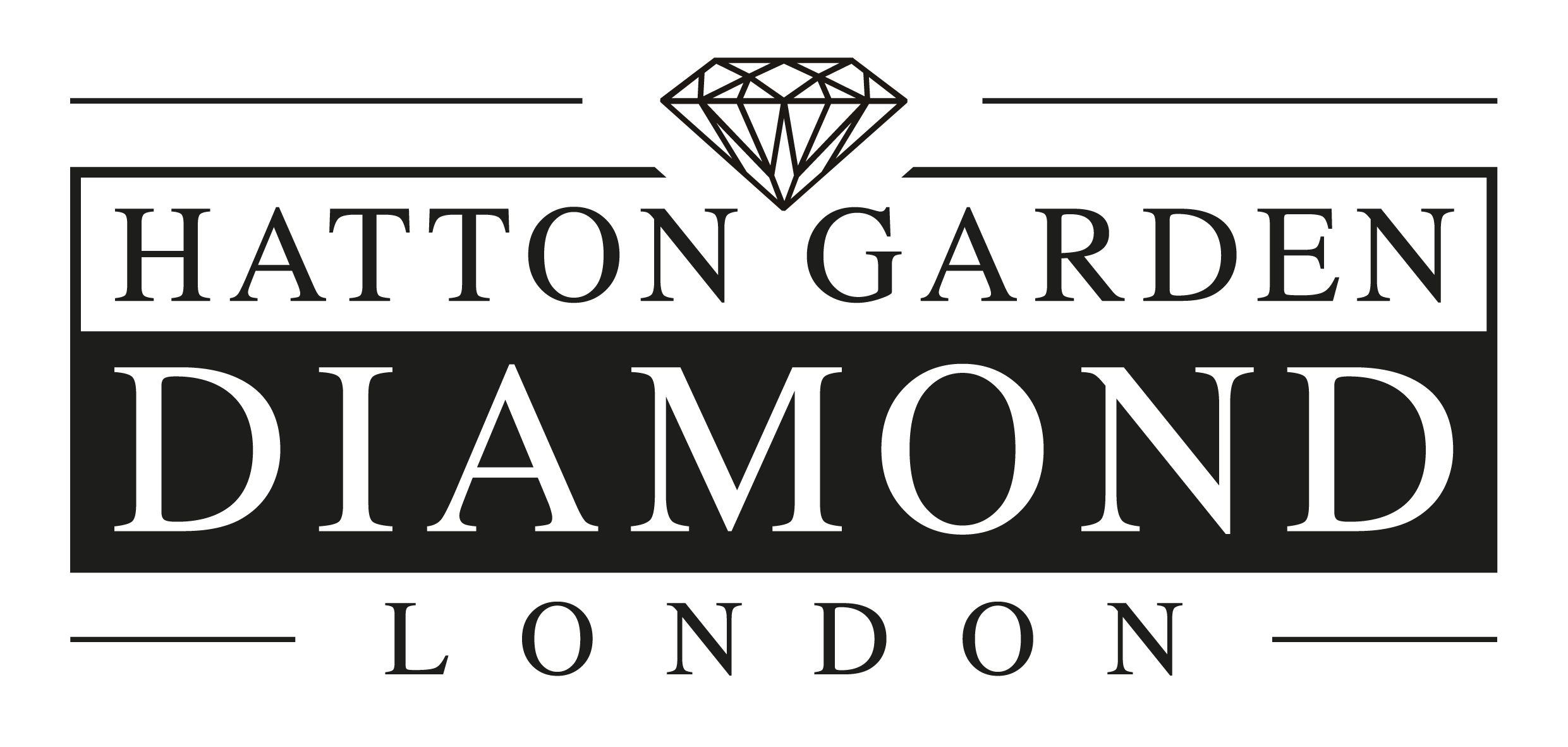Guides
Beginner’s Guide: The Four Cs
Looking to buy a diamond ring but don’t know where to start? This handy guide will help you understand the basics of diamonds and hopefully help you find the perfect piece.
First, what are diamonds? Diamonds are 99.95% pure crystallised carbon and can be extremely old – one to three billion years old, in fact. They are the hardest naturally occurring substance known so far and are formed beneath the Earth’s surface when crystals of diamond occur in volcano feed-pipes. The hardwearing properties are just one of the reasons why they’ve become synonymous with marriage – symbolising the strength, commitment, and beauty of matrimony. So now that you know why you’re buying an engagement ring made with a diamond, you can familiarise yourself with the “Four Cs” – cut, colour, clarity and carat. All must be considered equally when comparing diamonds, but perhaps more than any other factor, is how the diamond is cut that will determine its defining characteristic.
Cut: The ‘cut’ determines the shape of the diamond. The most common and popular shape is the round cut, as it maintains most of the original diamond weight and tends to have fewer flaws and more clarity, which adds to their sparkling brilliance. They are also less likely to catch on clothing because the tone’s clean cuts leave no sharp edges to chip or break. However, there are many more options, including the emerald, the pear, the marquise, the cushion, the oval and the heart shape. Ask to see all of these shapes, if only in a picture, to make sure you have covered all your options.
As the only characteristic of a diamond not influenced by nature, the cut is open to mistakes and bad practices. Cut a diamond incorrectly and the defining sparkle will be compromised. It is how the 57 or 58 facets (the tiny planes cut on the diamond’s surface) are angled and sized that dictate how light reflects and exits the diamond, an effect known as its “fire”. Make the cuts too deep or too shallow and the diamond will be less brilliant.
Colour: The most valuable and rare colour is white, that is to say, colourless. Jewellers grade absolutely colourless diamonds with a “D”. The scale moves up to “Z” and, between these two extremes, diamonds will display subtle coloured tones. Diamonds with a very strong and distinct colour are extremely rare and are called fancies.
Clarity: This part is usually the most subjective and sometimes complex, especially if you are looking to sell your diamonds. However, if you’re looking to just purchase a ring, the process is a little simpler. Look into most diamonds with a jeweller’s loupe (magnifying eyeglass) and you will see small “inclusions”, also known as “nature’s fingerprints”. They look like small clouds or feathers but are usually invisible to the naked eye. Depending on how many inclusions there are, this will affect the grade. The best and most expensive grade is “IF”, or Internally Flawless, but “SI1” (Slightly Included 1) can be a good alternative if you have budget constraints.
Carat: The weight, and thus the size, of a diamond is measured by carat. A carat is equal to 0.2gm, or 200mgm. A carat is divided into 100 smaller units called points. For example, three-quarters of a carat is 75 points. The average size of most engagement-ring diamonds is somewhere between one carat and half a carat. A popular mistake made is to confuse carats with karats, which is the unit of purity for gold.
These are just a rough overview of the Four C’s, but if you have any questions following the guide then don’t hesitate to get in touch by phone or book an appointment with us. Our expert staff will be there to guide you further and provide information bespoke to your needs.
